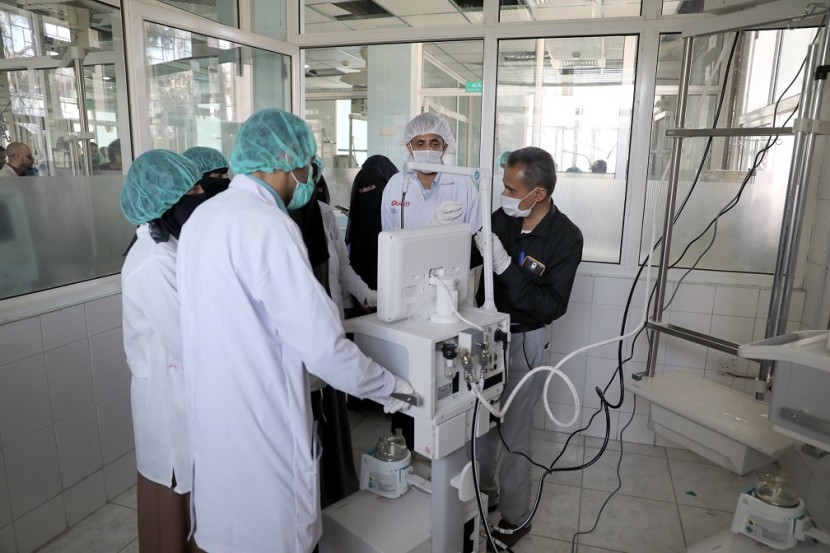
Along with personal protective equipment (PPE), there is an extremely high demand for ventilators by healthcare workers trying to save hundreds of thousands of COVID-19 patients in the United States. Therefore, the country is being fazed by a dire shortage of ventilators.
The machines act as a set of lungs for people who have difficulty breathing due to the respiratory illness. Using mechanical ventilators involves sedating a patient and sticking a tube into their throat. They are believed to be the best available option to save the lives of many novel coronavirus patients.
However, doctors have warned that subjecting patients to the machines too early could lead to more harm than good.
China, Italy and the U.S. have reported that they have found that less than half of intubated patients recover. Some hospitals have reported uncommonly high death rates for coronavirus patients on the breathing machines.
Last week, STAT News published a persuasive story posing the question of whether ventilators are being overused for coronavirus patients.
Initially, Maimonides Medical Center in Brooklyn was racing to put patients on ventilators before. Now, it is more reliant on high-flow oxygen therapy wherein oxygen is transferred into infected patients' lungs through the nose.
The evolving treatments underscore the fact that doctors are still learning the best option to manage the coronavirus that emerged merely months ago.
New York Gov. Andrew Cuomo reportedly estimated that merely 20% of coronavirus patients placed on the oxygen-providing "will ever come off." Dennis Carroll, who spearheaded the U.S. Agency for International Development's infectious disease unit for a decade and beyond, remarked that perhaps only one-third of coronavirus patients put on ventilators survive.
Also read : Does Cooking Food Kill Coronavirus?
Some doctors are becoming increasingly dubious about how well they work and whether using the ventilators may actually lead to additional lung damage.
According to the Associated Press, normally 40 to 50 percent of patients with severe respiratory disease (other than COVID-19) will die on ventilators.
In New York City, at least 80 percent of infected patients who have been put on ventilators have resulted in deaths.
The amount of ventilators needed is already a politicized issue, while President Donald Trump and his son-in-law and adviser Jared Kushner have remarked that New York does not need as many ventilators as Governor Andrew Cuomo and his experts surmised.
"If ventilators are actually not the best solution to this problem we're wasting a whole bunch of time and effort," tweeted journalist Dave Dayen and author of "Unsanitized" ("The American Prospect's" COVID-19 blog).
The U.K. reportedly put the figure of deaths at 66%, while a small study in Wuhan, the Chinese city where the illness was first detected, indicated that 86% died.
The reason for the deaths is unclear.
Doctors are relying on anecdotal, real-time data to tackle the coronavirus in the midst of a surge of patients and lack of basic supplies.
On using high-flow oxygen therapy as an alternative, wherein oxygen is transmitted into the lungs of infected patients through the nose, the hope is that by keeping them breathing on their own and being able to move longer, doctors will then open up their lungs as opposed to being sedated and on a ventilator.
Related article : Can Farts Spread Coronavirus? Here's What a Doctor's Experiment Reveal
© 2025 HNGN, All rights reserved. Do not reproduce without permission.








